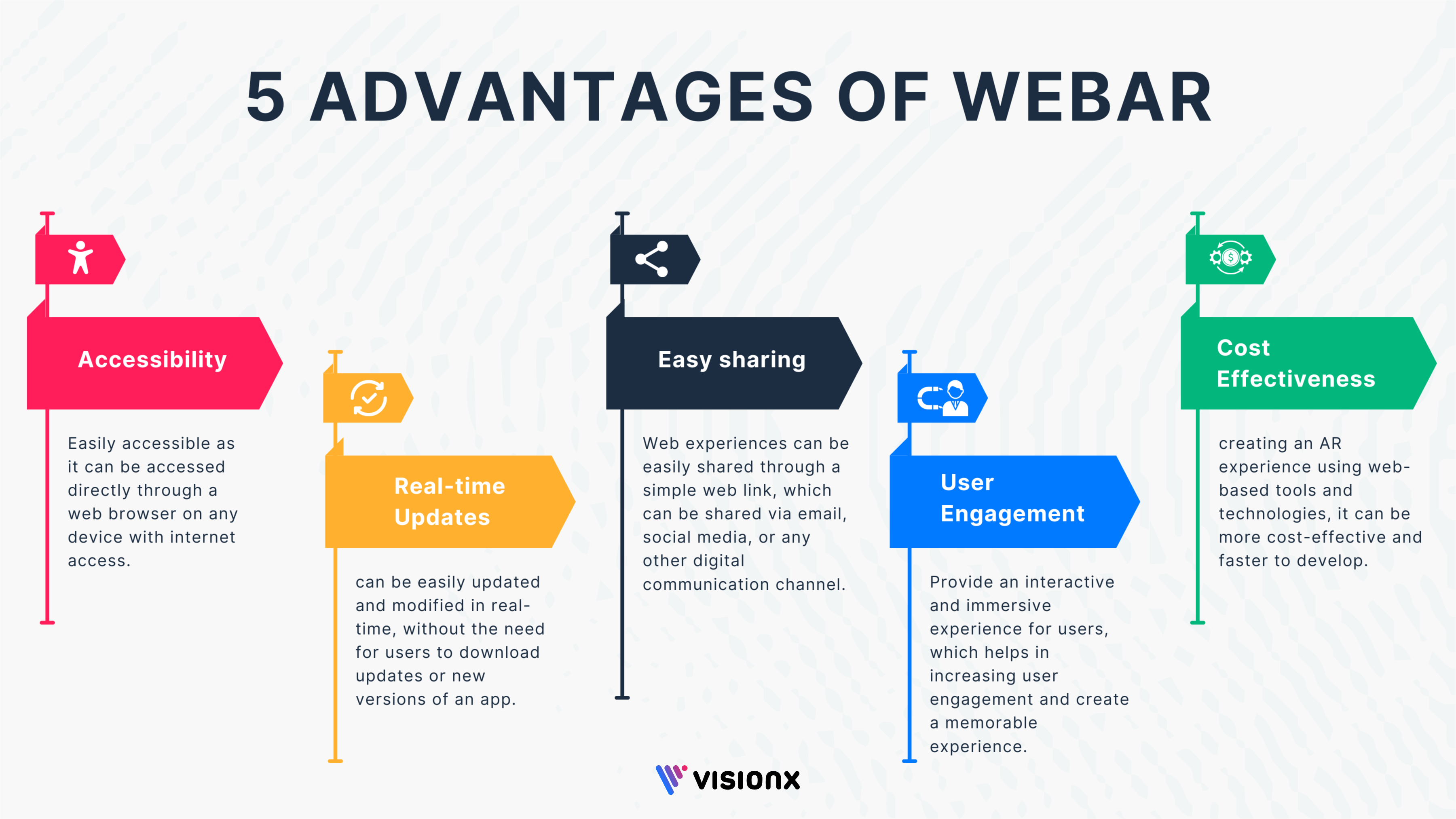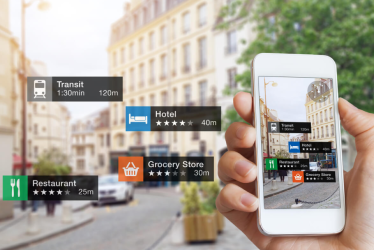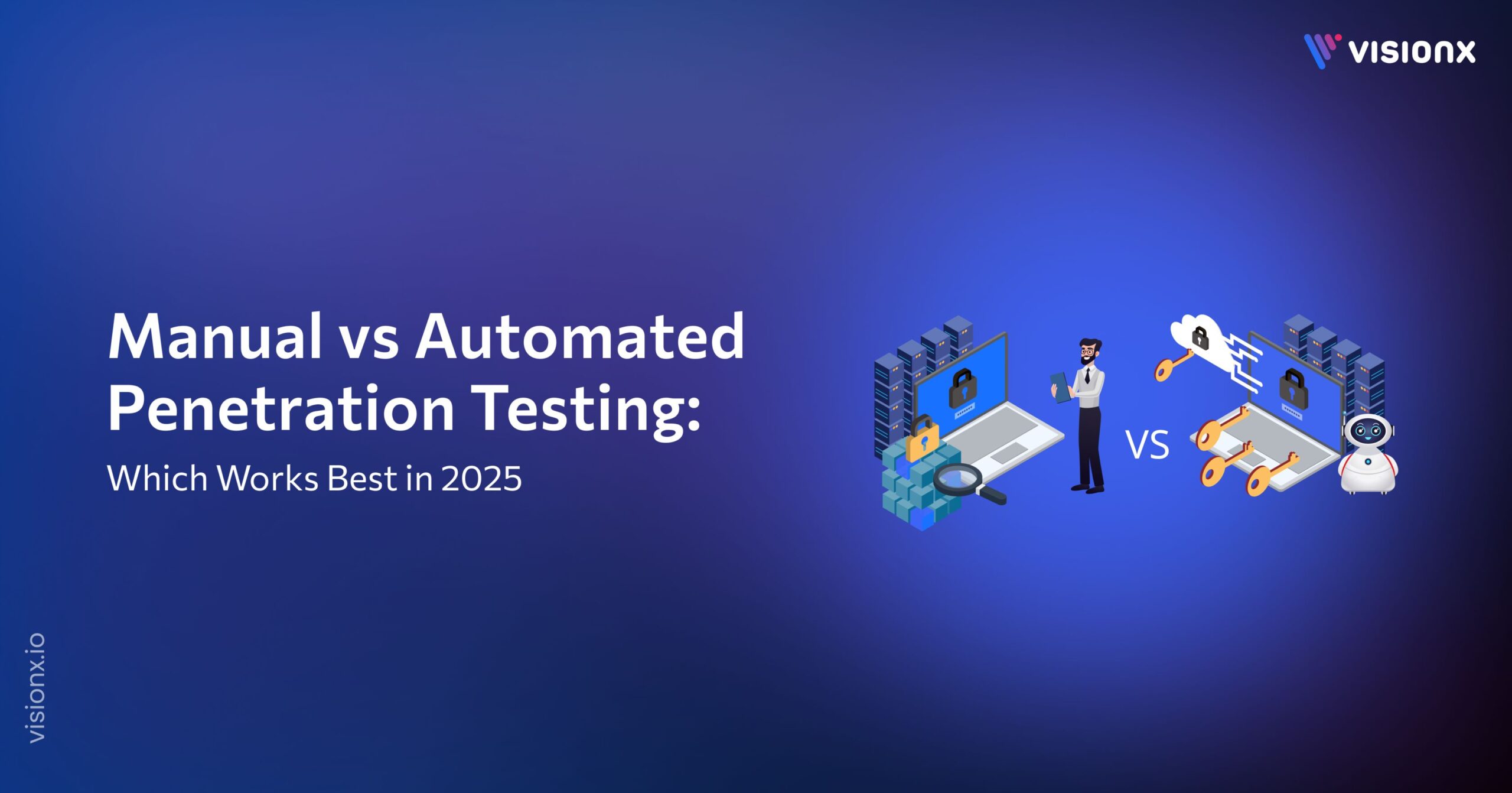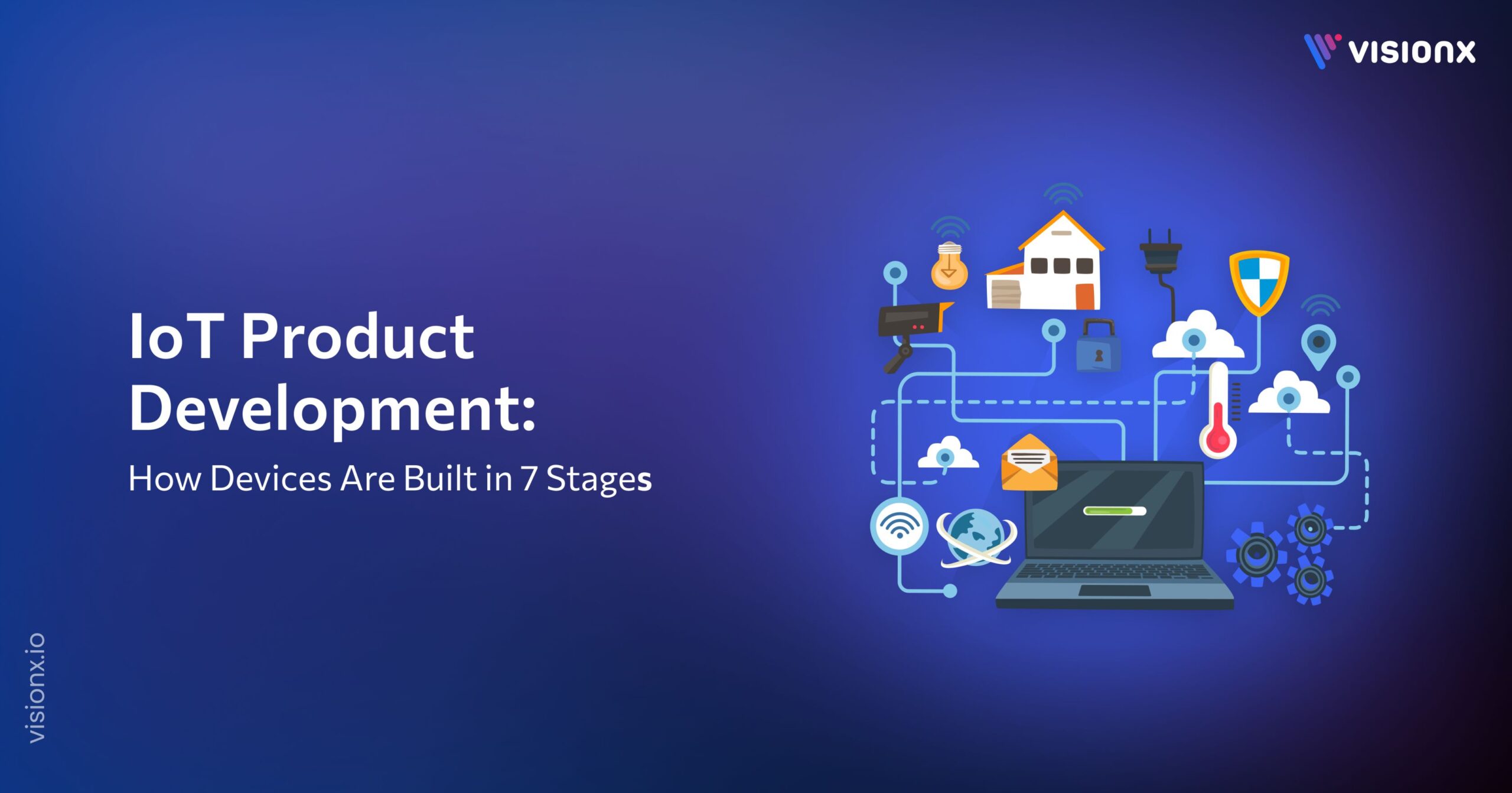Augmented reality is opening up the potential of how we interact with the world and information around us. AR is enchanting the world by storm. Different companies, organizations, and marketers are starting to look at Web-Based Augmented Reality technology and are categorizing use-cases within their business. WebAR is on the upsurge, thanks to the most significant impediment fronting app-based AR. Since augmented reality became a vast thing, the best experiences have been app-based.
From Pokémon Go to IKEA to ASOS, all the handy AR features have been added to brand apps, offering one of the best user experiences. Although this type of AR offers advanced technical competencies, trying to get people to download an app can be fiddly, and it can be harder to make an app compatible with all the different types of phones and operating systems out there. That is why people have started looking seriously into Web AR; it may not have the power of total augmented reality apps, but it still has adequate possibilities.

What is WebAR?
We can refer to WebAR as augmented reality experiences accessed through a web browser rather than an app. It means – all you need is your mobile or tablet and an active internet connection. You don’t need to download an app directly onto your phone. Currently, Web AR offers a restricted collection of the main features possible using app AR that includes simple animations, video, and a convinced degree of interactivity. It can also support image target detection to trigger experiences.
Why Should you Consider WebAR?
Recent studies have shown that WebAR is a growing trend in the augmented reality industry. According to a report, Web AR is expected to reach a market value of $19 billion by 2024. Advances in web technologies and increased adoption of AR by businesses and consumers are driving this growth.
A recent study shows that you can convey your message to 80 percent of users’ minds by adding interactivity to content. Combined with the capability to share AR content right from your website, that fact signifies a considerable opportunity to squeeze extra juice out of your content plan. There’s no longer the requirement to send users to a third-party site like Facebook or Snapchat; you can launch AR web experiences from any URL the user selects, and they can simply interact with your product.
How Does WebAR Work?
Using WebAR, or Web-based Augmented Reality, users can view AR content through any web browser on any device. Here is a detailed explanation of how WebAR works:
Marker Detection: The first step in the WebAR process is marker detection. The Web AR application uses computer vision algorithms and machine learning models to detect specific markers or target images in the real-world environment. These markers can be QR codes, images, or patterns that the Web based AR application is trained to recognize.
Image Recognition: Once the markers are detected, the WebAR application uses image recognition techniques to identify the specific AR content that needs to be displayed. This content can be 3D models, animations, videos, or any other type of AR content.
AR Content Rendering: Once the AR content is identified, the AR Web application uses WebGL, a web graphics library, to render the content on top of the real-world environment. The AR content is positioned and oriented based on the position and orientation of the marker in the real world.
User Interaction: Users can interact with the AR content through touch or other types of input methods. The AR Web application can respond to user inputs in real-time, allowing for a more immersive and interactive AR experience.
Sharing: WebAR content can be easily shared and accessed by others through a web link or QR code without the need for users to download a dedicated app.
In web-based AR, web technologies, such as HTML, CSS, and JavaScript, and AR frameworks, such as AR.js and A-Frame, are used to deliver AR experiences. Web AR can also leverage WebRTC, a real-time communication protocol, to support real-time communication and collaboration between multiple users in the same AR experience.
Advantages of WebAR
Accessibility: WebAR is easily accessible as it can be accessed directly through a web browser on any device with internet access. This makes it easier for people to engage with AR content without the need to download and install a separate app.
Cross-platform compatibility: Web AR experiences can be accessed on any device that have web browser, regardless of the operating system or platform. This means that developers can create AR experiences that can reach a wider audience and don’t need to worry about developing separate apps for different platforms.
Real-time updates: Web AR experiences can be easily updated and modified in real-time, without the need for users to download updates or new versions of an app. This means that developers can make changes to the AR experience quickly and easily, without disrupting the user experience.
Easy sharing: AR Web experiences can be easily shared through a simple web link, which can be shared via email, social media, or any other digital communication channel. This makes it easier for organizations and businesses to share their AR content and reach a wider audience.
User engagement: Web AR experiences can provide an interactive and immersive experience for users, which can help to increase user engagement and create a memorable experience. This can be particularly advantageous for businesses and organizations that are looking to increase user engagement and create a strong brand experience.
Cost-effectiveness: Another advantage of Web AR is its cost-effectiveness. Traditional AR experiences often require the development of a dedicated app, which can be expensive and time-consuming. With Web AR, businesses can create an AR experience using web-based tools and technologies, which can be more cost-effective and faster to develop. This can help businesses save money and time while still providing an immersive and interactive experience for their customers.
Difference between WebAR and App-Based AR
Accessibility: Web based AR can be accessed through a browser on any device without the need to download a specific app, whereas App-Based AR requires the user to download a dedicated app.
Installation: WebAR doesn’t require installation or updates, whereas App-Based AR requires the user to install and update the app regularly.
User Experience: Web AR provides a seamless user experience as it runs on the browser, whereas App-Based AR can sometimes have a slower and less smooth experience.
Functionality: App-Based AR can offer more advanced functionalities and features as it has access to the full capabilities of the user’s device, whereas Web based AR has some limitations due to the restrictions of the web browser.
Development: Web AR is often easier and faster to develop than App-Based AR, as it doesn’t require a dedicated app and can be built using standard web development tools.
Conclusion
Taking Augmented Reality to the web is the most acceptable option to grant this technology a future. By liberating smartphone users from installing numerous apps, WebAR can make Augmented Reality far more accessible and valuable for organizations. VisionX can be of a great help as it’s skilled developers can get the job done through creating high-performing and secure custom webpage designs.
Digitization of products with WebAR brings a new age to the connection with a customer and enriches brands’ business strategy significantly. Perhaps, the extensive use of Web AR for everyday life with the interaction through dedicated headsets is still in the distant future, but its active application for business purposes is happening right now. WebAR empowers organizations to reach their audience in a frictionless, inventive, and unforgettable new way. Furthermore, it’s set to keep increasing in power and performance as support from the big tech companies continues to grow.


